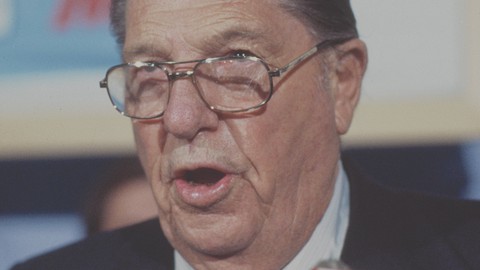
Proposition 13, the popular tax reform law passed in 1978, has driven increases in economic inequality and racial wealth disparities in California. Here’s how.

The governor threw communities into disarray two weeks ago by withholding $1 billion in homelessness funding for plans he saw as unambitious. But local officials said the assignment itself discouraged ambition. Now Newsom is yielding.
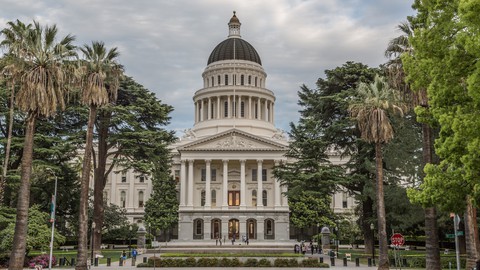
California's government was born out of utter chaos. Here's how the state developed some sort of order to the way it operates, and how it makes and enforces laws.

Gov. Gavin Newsom has won three gubernatorial elections with historic support. He should use his popularity to unite constituencies and improve some of California’s intractable problems.
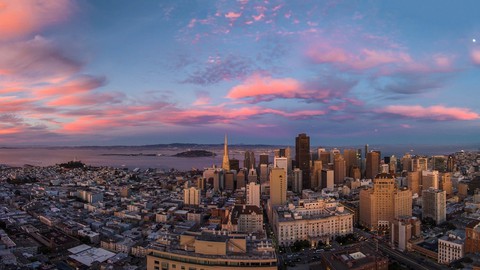
California is full of places and communities, but most are not cities. Here's what it takes for a community to become a city, the benefits of being one—and why the state has a 'de facto moratorium' on new cities.

Billionaires now own Twitter, Facebook and numerous other online and offline media outlets. But there are other information sources not run by the super-rich. We've found a few and listed them here.

Elon Musk says he plans to make Twitter a haven for 'free speech,' but a look at his list of investors suggests that the world's richest person may have other reasons for purchasing the highly influential social media platform.
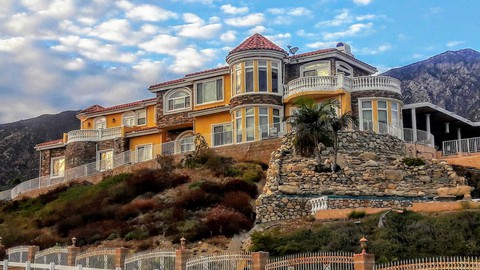
California has some of the worst economic inequality in the United States. Is the housing crisis a cause?
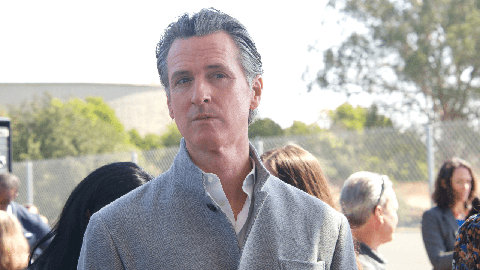
California’s governor is spending more time and money on two ballot measures and a possible presidential run than his own reelection campaign.
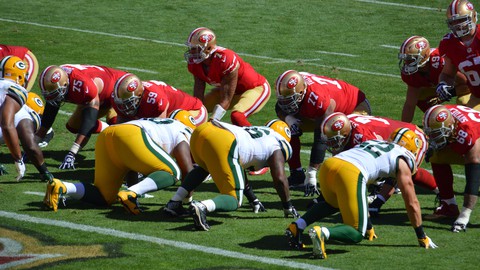
California will likely reject legal sports betting, despite being the state with the most pro sports franchises and the biggest potential gambling market.
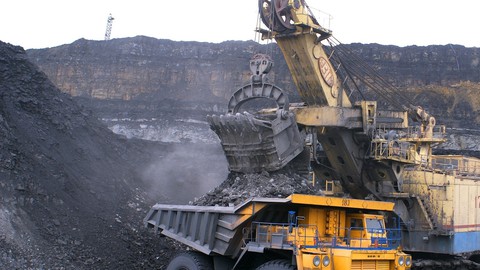
Coal is the dirtiest fossil fuel, yet it is the source of 40 percent of the world's energy. California remains an exception to coal industry dominance, using and producing less coal that almost any other state.
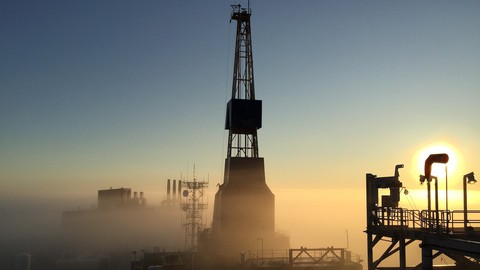
Oil aka petroleum holds a tighter grip on California than any other energy source. Here's how Big Oil came to dominate the state and world economy, and some hints at how oil's grip may finally loosen.
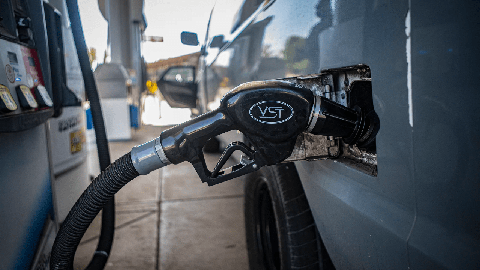
Here’s who is eligible for a 2022 gas rebate, how you will get it, when and how much you should expect.
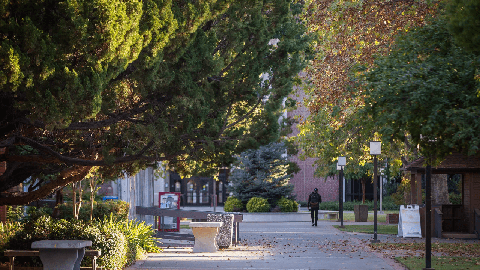
California’s community colleges aren’t on track to reach ambitious goals of closing the gaps in graduation rates between racial and ethnic groups. Its central office leaders doubt they’ll reach those goals, including new ones laid out by Gov. Gavin Newsom.
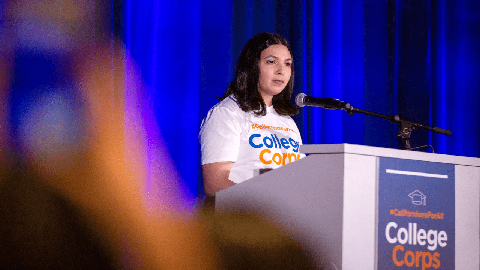
California’s estimated 75,000 undocumented students don’t qualify for federal work-study or most job opportunities. A new state service program launched last week, College Corps, will give hundreds of them as much as $10,000 per year to perform community service.

In an hour-long interview with CalMatters, Secretary of State Shirley Weber talks about changing California's recalls for governor, increasing voter participation and other issues.
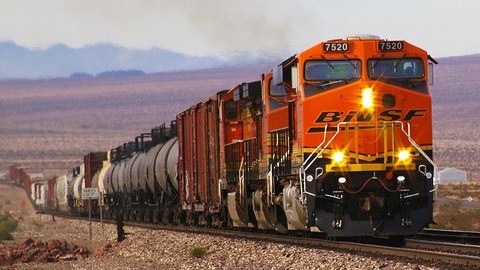
As California and the nation narrowly averted the first railroad strike in 30 years, here's a look at how damaging rail strikes have happened before, from the 19th century to today.
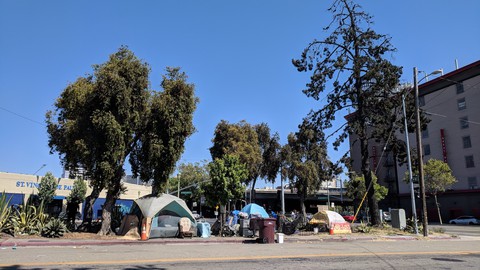
In an attempt to slow California's housing crisis, Gov. Gavin Newsom signs pair of bills, SB 6 and AB 2011, that will allow development where now-closed businesses once stood, without rezoning those areas for residential projects.
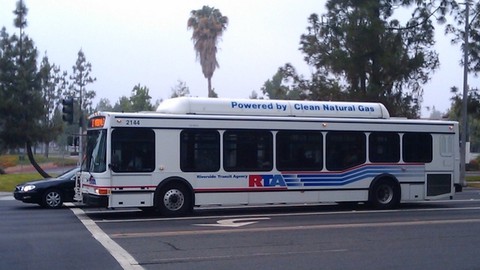
Natural gas is sometimes called a 'clean' fossil fuel, but it comes with considerable risks to the environment in both its use and how it is extracted. Here's how natural gas is a major cause of climate change.

New laws banning toxicity testing on dogs and cats, and making rental housing more pet friendly are among a slate of new animal welfare legislation signed by Gov. Newsom in September.